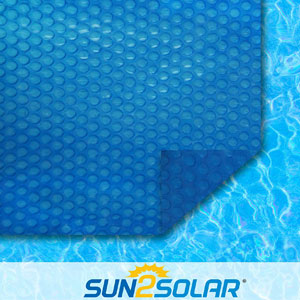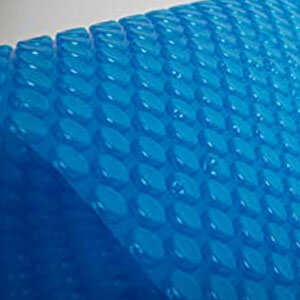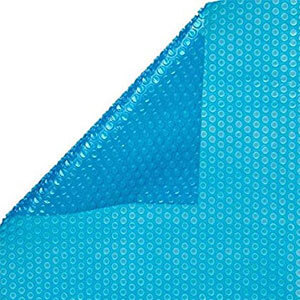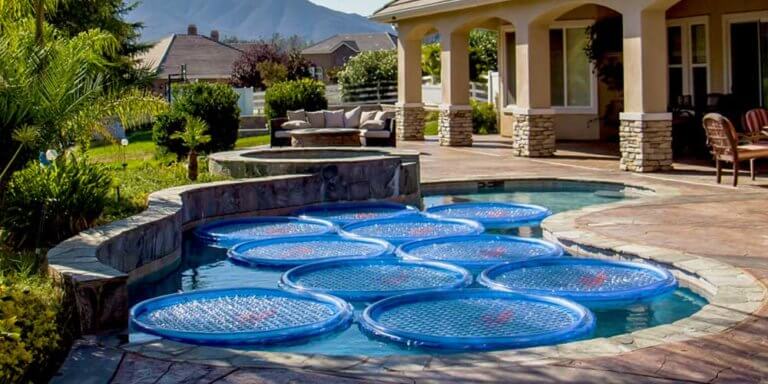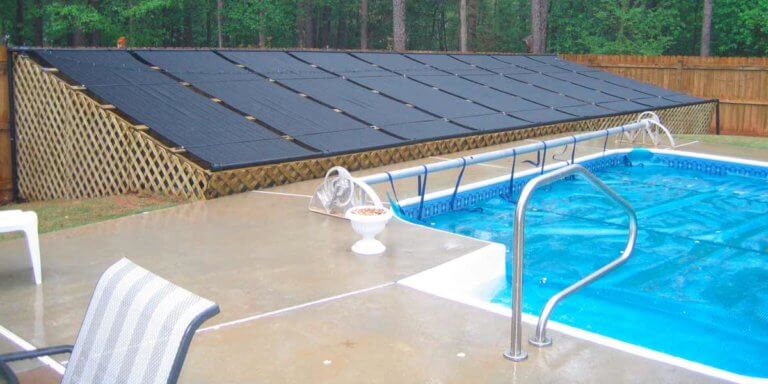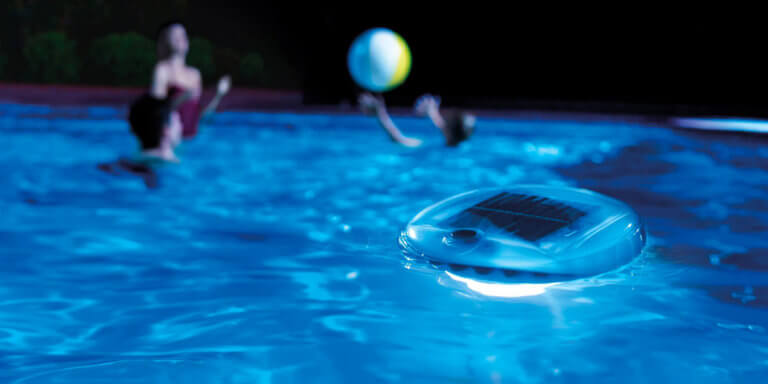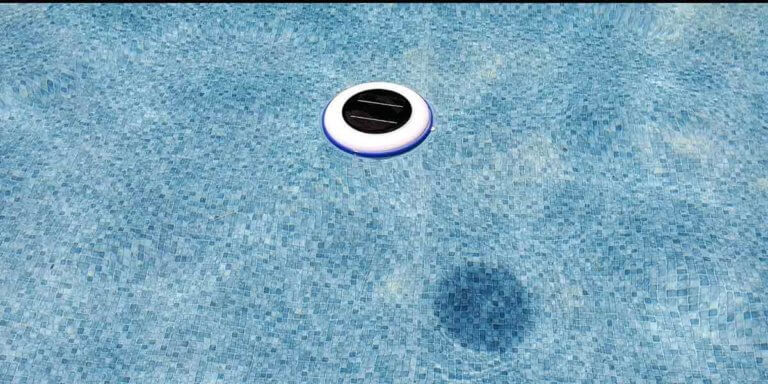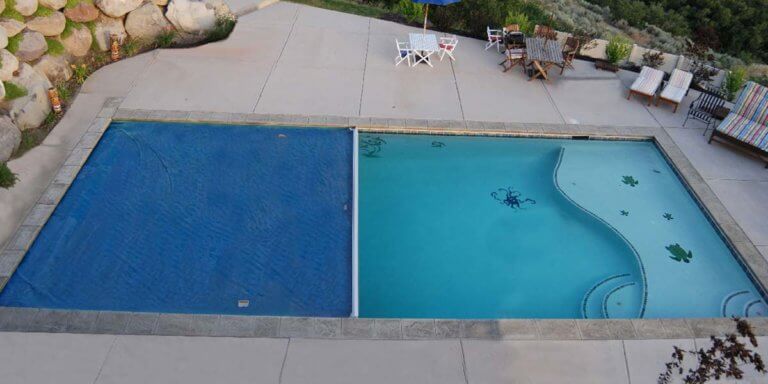Solar Pool Cover Bubbles Up or Down? | Answered
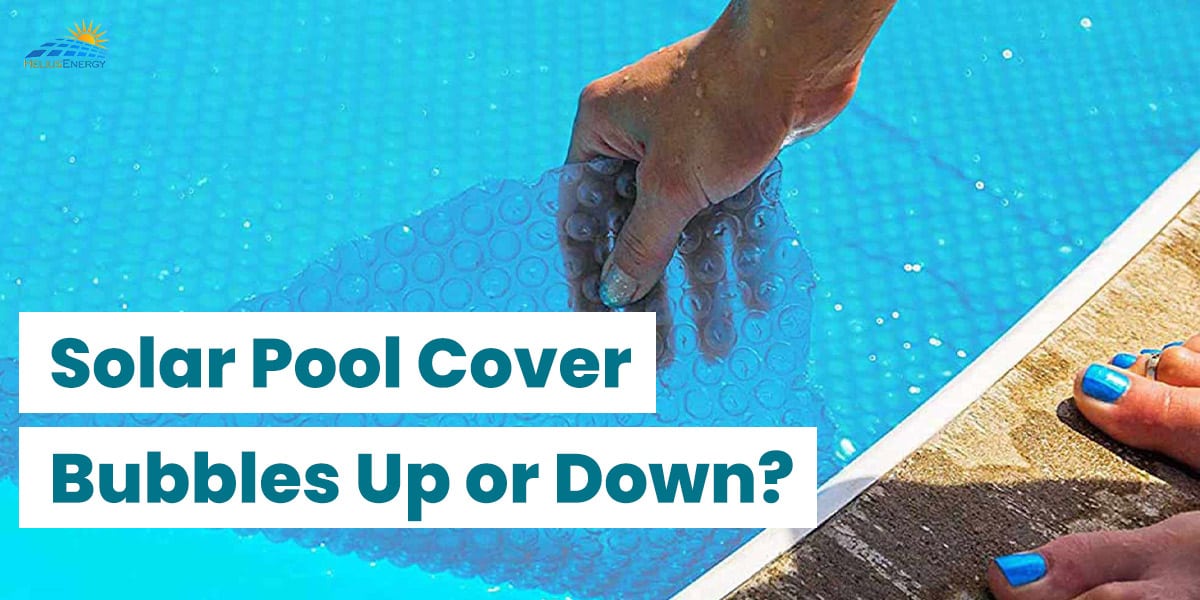
To begin with, a solar pool cover is not just a great way to keep away debris and dirt out of the pool but also essential to heat the pool water. A solar pool cover absorbs the heat from direct sunlight, transferring the same into the pool water to keep it warm.
However, depending on the location you live in, a solar pool rings or solar pool cover may or may not keep the water as warm as an electrical solar pool heater, although it should most definitely save you those extra bucks.
To elaborate, these covers also work like a magnifying lens to amplify the sun’s direct rays. Although not every kind of solar cover functions the same way, the key is to get the right cover best suited for the swimming pool.
Bubbles Up or Down on Solar Pool Cover?
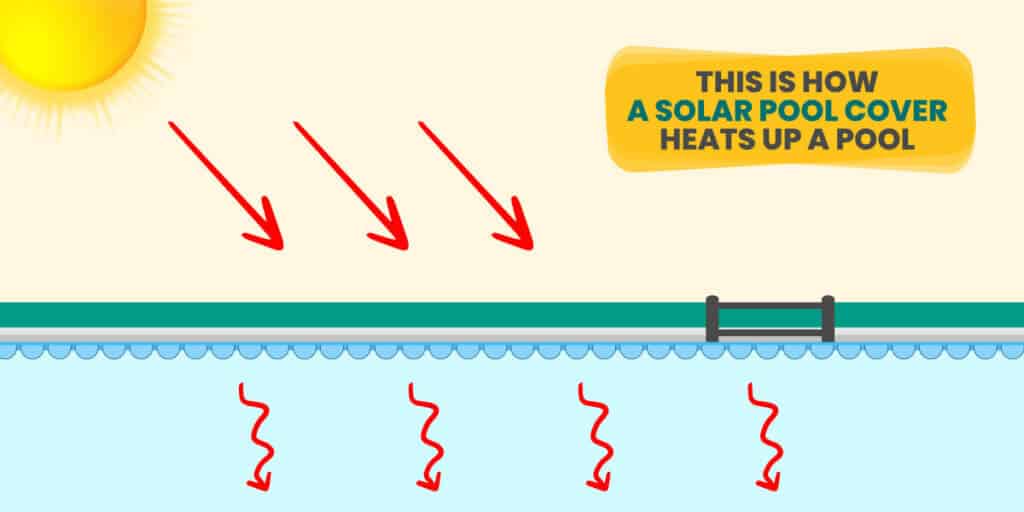
The straight answer is, Solar pool cover bubbles should always face down. Solar pool cover works by heating up the air trapped inside the bubbles using direct sunlight.
The trapped heat in the bubble is then transferred to the pool water; heating it up. Therefore, it only makes sense for the solar pool cover bubbles to be directly in contact with pool water.
On the contrary, installing a solar pool cover with the bubbles facing up may hinder the process of heating up the pool water, ultimately slowing the process and even damaging the bubbles severely at times. They may simply overheat while facing the sun’s direct rays and while the heat captured isn’t transferred anywhere.
Our Top Picks
✅ Can be cut according to the exact shape of the pool with zero damage
Material : Resin
Size : 20′ x 40′ (Other standard sizes available to choose from)
Thickness : Not specified but < 12 mil
Warranty : 6 Years
✅ Thicker cross section is better at preventing evaporation than thin solar pool covers
Material: Plastic
Size : 16′ x 32′ (Other standard sizes available to choose from)
Thickness : 12 mil
Warranty : 5 Years
✅ Very effective at reducing evaporation, chemical loss
Material : Polyethylene
Size : 16′ x 32 (Other standard sizes available to choose from)
Thickness : 12 mil
Warranty : 7 years
Related Solar Pool Cover Questions
1. Do Solar Pool Covers Work?
A Solar Pool Cover usually first captures direct sunlight while heating up the air bubbles present on the surface of the cover. This heat from the bubbles is then transferred to the pool water to keep it warm, and the temperature is usually raised anywhere from 10-15 degrees (Fahrenheit).
2. Can I Swim With A Pool Cover On?
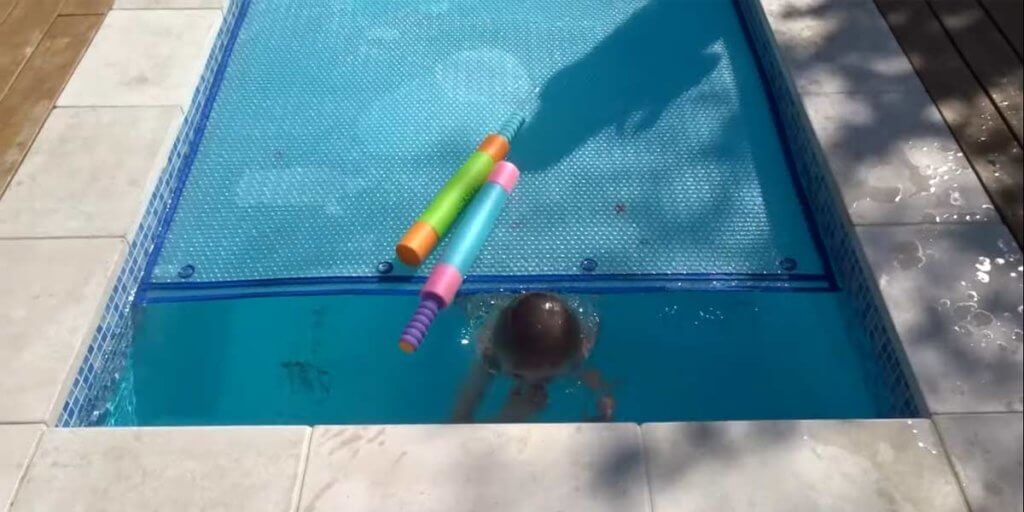
This has to be a definite no since swimming with solar covers can land you in quite a dangerous situation. Depending on the pool cover, there may not be a way for the air to get under the tarp if someone pops up their head.
You may find many articles on the internet related to keeping children away from the pool while solar pool covers are on or even how a solar pool cover is necessary to make your swimming pool safer. However, the pool cover doesn’t prevent little children from getting in the pool.
Therefore, you must find better and proper alternatives if that constitutes your sole concern revolving around your swimming pool and a solar pool cover.
3. What Happens If The Bubbles Are Facing Up?
Installing a solar pool cover with its bubbles facing up towards the sky may slow the process of warming the pool water. Additionally, as we discussed previously, it may completely destroy the solar pool cover if the cover gets overheated due to the direct sunlight.
Also, the water does not get warm since the air bubbles cannot transfer the heat absorbed by the direct sunlight into the pool water straight away.
To ensure the durability of your solar pool cover, you must never forget to cover it with a sheet that reflects the rays when not in use.
4. Does A Pool Warm-Up Faster With The Cover On Or Off?
During hot and windless days, it may be the case that the pool water will heat up quickly without the solar pool cover since more of the sun’s energy will reach the water directly.
However, the pool cover also prevents heat loss and evaporation, which usually occurs frequently and much quicker in windy conditions so that it may heat up quicker with the lid on.
5. What Solar Pool Cover Color Is Best?

Does it make a difference? Yes, it does. A solar pool cover is available in many shades of blues, grays, yellows, and even transparent. The colors make a difference to the amount of heat that is transferred to the pool water as well as the amount that is retained in the same.
Dark blue covers are generally better at keeping heat than allowing heat to enter the pool, whereas transparent pool covers allow the heat to enter the pool the best but not retain it well enough. You can read more about how good transparent covers are in our article “Clear Vs Blue Solar Pool Covers“
6. What Thickness Of Solar Pool Cover Is Best?
Solar pool covers vary in thickness depending upon the brand and the purpose. Thus, there’s a lot to choose from the plate. Moreover, it may come as no surprise that the thicker the solar pool cover, the higher the overall heat increase.
The normal range of solar cover thicknesses varies from 8 mil to 16 mil (1 mil = 0.001 inch). 12 mil solar covers are the most popular thickness as they are pretty efficient and easy to handle.
7. How Does A Solar Pool Cover Go On?
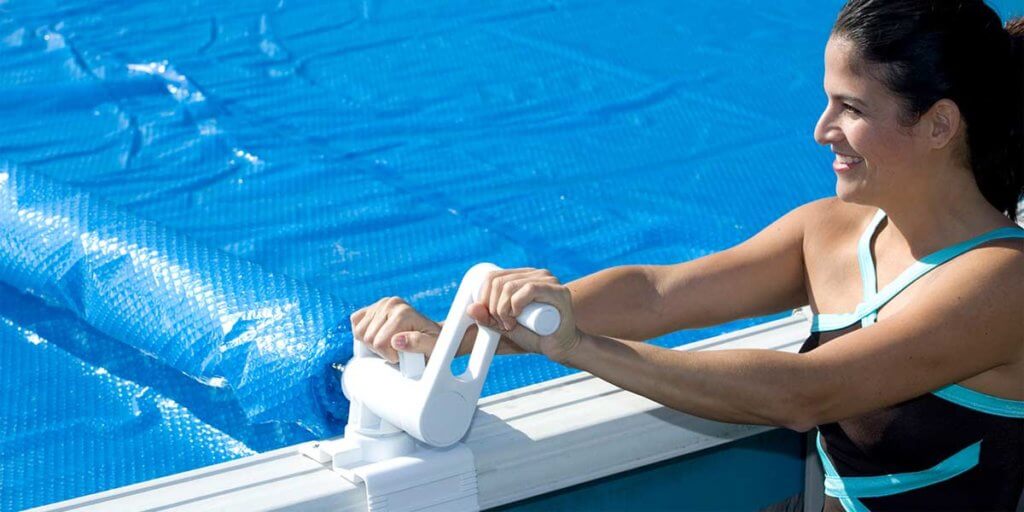
Manually: Although you may think it’s easy to pull a solar cover on and off and keep it aside folded whenever required, it may end up being a lot difficult and impractical for a big pool. By doing it this way, you will likely tear it or damage it in some way or the other.
Manual roller or reel: In this method, the solar cover is attached to a roller removed. Many rollers have a wheel at one end so that you wheel them away from swimmers if required. This is, therefore, the most popular method of removing and putting the cover.
Electric roller: Electric rollers are similar to manual rollers but are operated electronically. This makes them more convenient to use than manually operated solar pool covers.
8. Can You Use The Solar Pool Cover In the Winter?
When the weather is warm and sunny, you may witness a slight increase in the pool water temperature when you remove the cover during the day. However, this could only work if you took it off for just the hottest hours of the day.
Once the sun starts to go lower, you may not find it effective since the heat starts to lose due to evaporation. Thus, remember to never leave your solar pool cover on your pool after swimming or in winter in general. They are not cold-resistant and, therefore, may end up being severely damaged.
9. How To Store Solar Pool Covers?
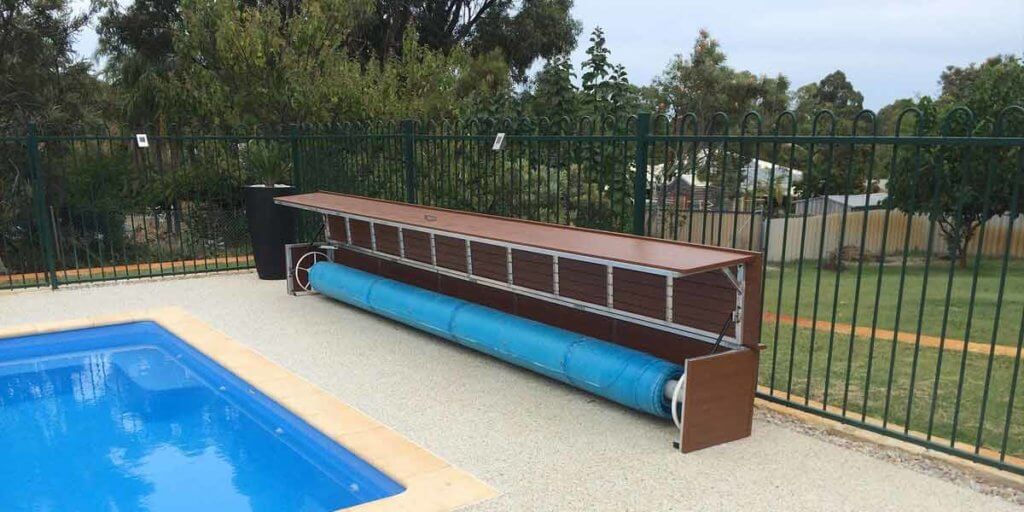
Solar pool covers need to be stored in a sheltered area and away from the sun when not in use. This is because solar pool covers cannot transfer the heat it absorbs since it is not in contact with water. This can cause the solar pool cover to overheat and the bubbles to peel away from the solar pool cover.
Note: Keep your solar pool cover away from the grass; dry grass can catch fire and destroy the solar pool cover.
10. What is The Difference Between Pool Covers and Solar Pool Covers?
Unlike regular pool covers, solar pool covers are designed to absorb and retain sunlight and heat. This is perfect for people who live in sunny climates or dynamic climates. Solar blankets or covers are easy to install and an inexpensive way to keep your pool warm and toasty during cool nights or winter months.
11. Can You Use A Chlorine Floater With A Solar Cover?
You can use a chlorine floater with a solar cover as long as the solar cover does not prohibit the movement of the chlorine floater. If the chlorine floater is stuck at a single spot, the chlorine concentration on that part of the pool will increase, and there are chances of the solar pool cover getting damaged.
12. How Do You Keep A Solar Pool Cover From Blowing Off?
A well-fitted solar pool cover that does not have its edges ascending over the pool’s edges should not blow off in the wind. This is because the wind usually pushes the cover down, keeping it in place. An incorrectly fitted solar pool cover will allow wind to blow under it, thereby lifting the cover from the pool.
Conclusion
Thus, to conclude, putting the solar covers bubbles up or down is totally up to you. However, it’s best to know which side to place your solar pool covers on for its optimal efficiency.
As the sun’s rays heat the solar cover, it starts to warm the water below it. Depending on how long the covers have been kept over the water, it will retain the heat even when the temperatures drop.

